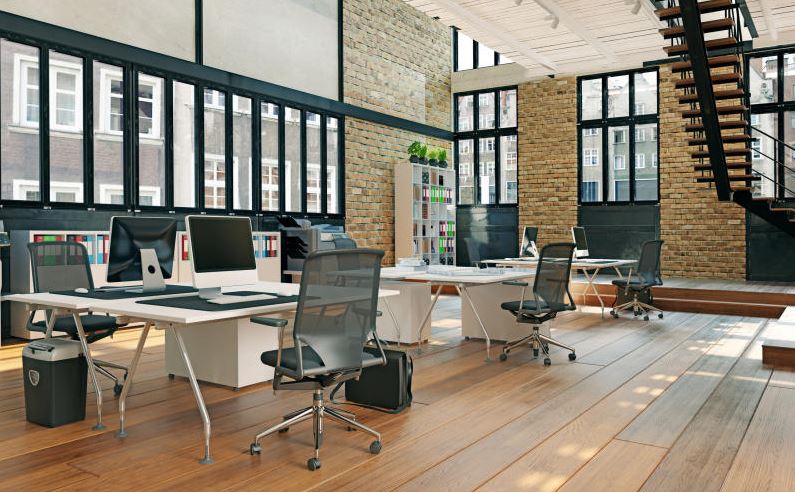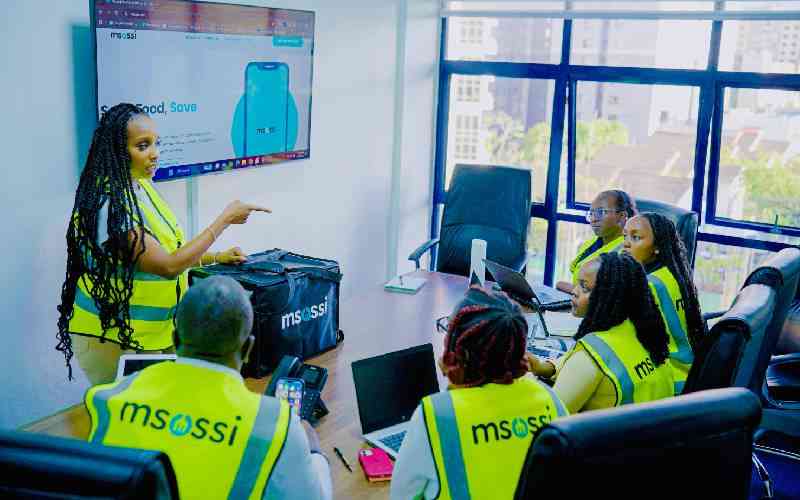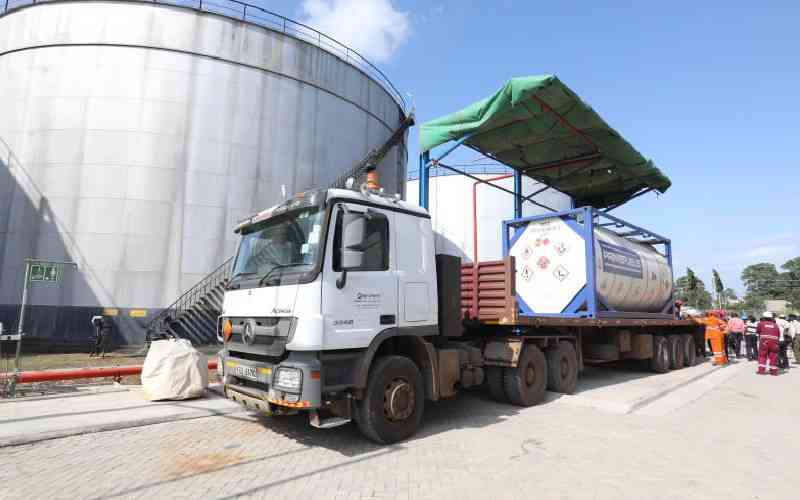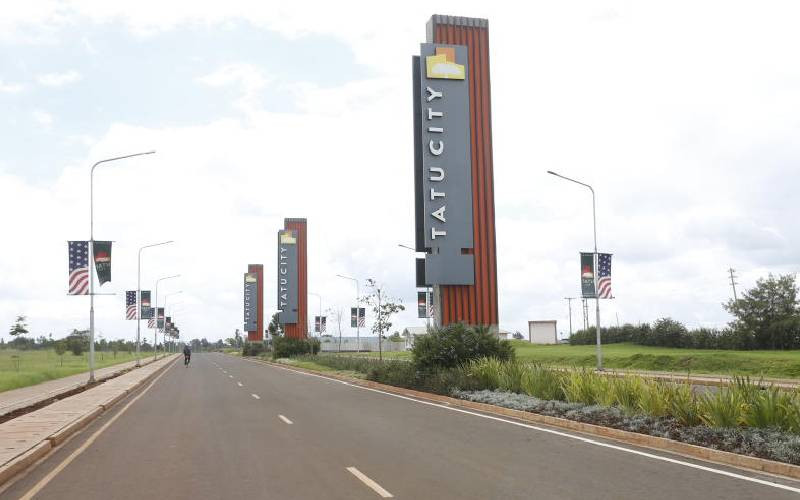×
The Standard e-Paper
Home To Bold Columnists

Absorption of Grade A and B office space rose 64 per cent in the country in the first half of 2021, a new report shows. The Knight Frank Kenya Market Update for the last six months attributes the increase to a global roll-out of the Covid-19 vaccine that inspired confidence among employees.






